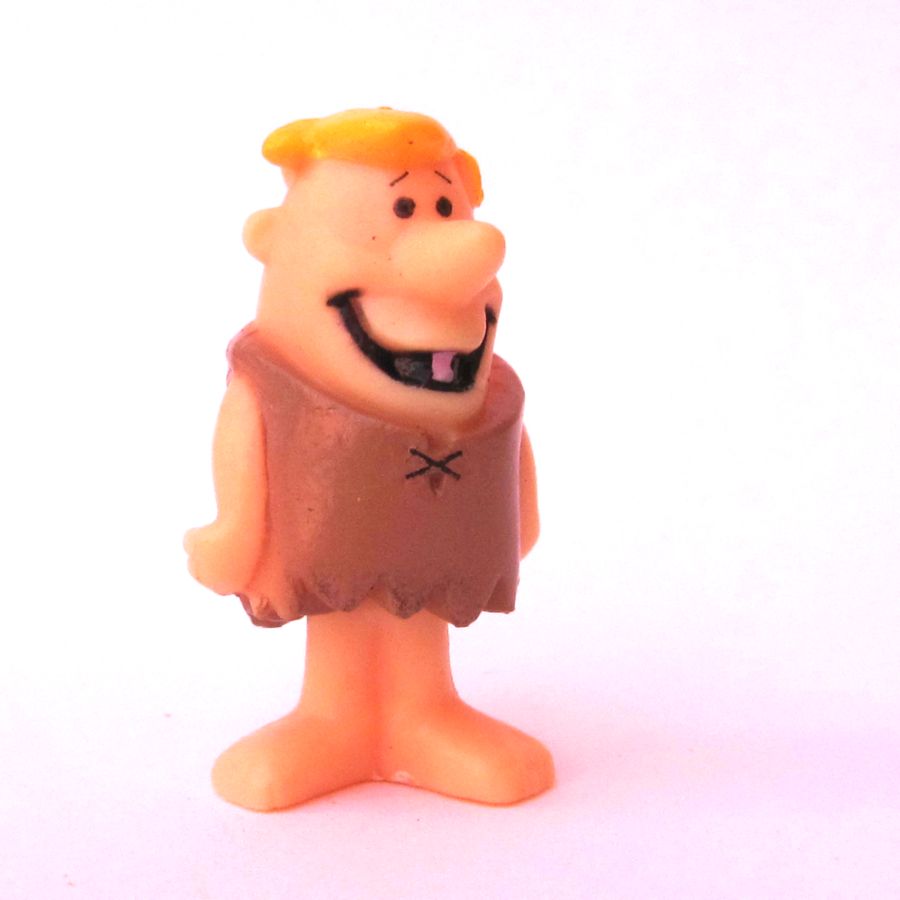

The Political Economy of Late Capitalist Breakfast Cereal In the wake of Vanilla Ice, it was goofy but also laughably plausible for Barney Rubble to don the guise of “The Master Rapper” as a scheme to gain fraudulent access to Fred Flintstone’s strategic breakfast cereal reserves. So the next logical step, of course, was Fruity Pebbles. Even if we could barely discern one word out of twenty, we knew the songs themselves and where they lived in the culture. We’d even moved on to edgier stuff, like Naughty By Nature’s “O.P.P.”, Black Sheep’s “The Choice is Yours,” House of Pain’s “Jump Around,” and, of course, “Baby Got Back” by the immortal Sir Mix-a-Lot. Vanilla Ice (with Ninja Turtle, for scale)Īt the time this commercial came out, kids my age (so, around 12-13) were well aware of rap through nonthreatening singles from Vanilla Ice and Fresh Prince, as well as MC Hammer, Kris Kross, and others. Parents and their kids both had a context for understanding rap as a solidly mainstream phenomenon, not only because of Vanilla Ice but through The Fresh Prince of Bel Air, wherein Will Smith’s rap persona was paired with an extremely wholesome (though not entirely socially unaware) sitcom that could be watched together as a family. But his 1990 debut single “Ice Ice Baby” was the tipping point, beyond which it became possible to talk sensibly about selling rap to kids without having to worry about any inherent associations between rap as a genre and violence, sex, or even swearing. Of course it’s not like Vanilla Ice was the first “commercial” rapper, or the first white rapper, or the first person to make rap available to bourgeois tweens. What we’re talking about is a post-Vanilla Ice world.


We’re already a couple of years past the point where the market has discovered the perfect balance of threatening and unthreatening to get rap to appeal to children by confounding and annoying their parents while going easy on the sociological imagery of disenfranchised black youth in the American inner-cities that would have no resonance with the mostly white suburban audience that had access to some serious album-buying money. The context of the commercial is this: it’s 1992.
#Barney pebbles license#
In other words, rap is “cool” – meaning that it’s beloved by eleven-year-olds – and therefore seeing a character from a thirty-year-old animated sitcom hipping and hopping on Saturday morning TV is like granting a license for Post Cereals to print money. So in the interest of maybe exorcising it from my brain by cramming it into yours, join me as I overthink exactly what the hell is going on here.įirst things first: clearly this commercial emerged in a world where rap as a genre was already well-enough established in the mainstream that it seemed not only safe but smart for a breakfast cereal company to use it as a vector to derive profit by convincing children to associate rap music with their product. And the third is this beauty:įor a thirty-second breakfast cereal commercial, there’s a shocking amount of stuff going on here. In chronological order they are: one, the “Ground Theme” from Super Mario Bros. Three musical compositions that I find swirling around in my mind whenever nothing else happens to be going on in there. Do you want to know what’s been in my head for the past twenty-five years? Because I’m about to tell you what’s been in my head for the past twenty-five years, and if you don’t want to know, stop reading right now it may never leave you.


 0 kommentar(er)
0 kommentar(er)
